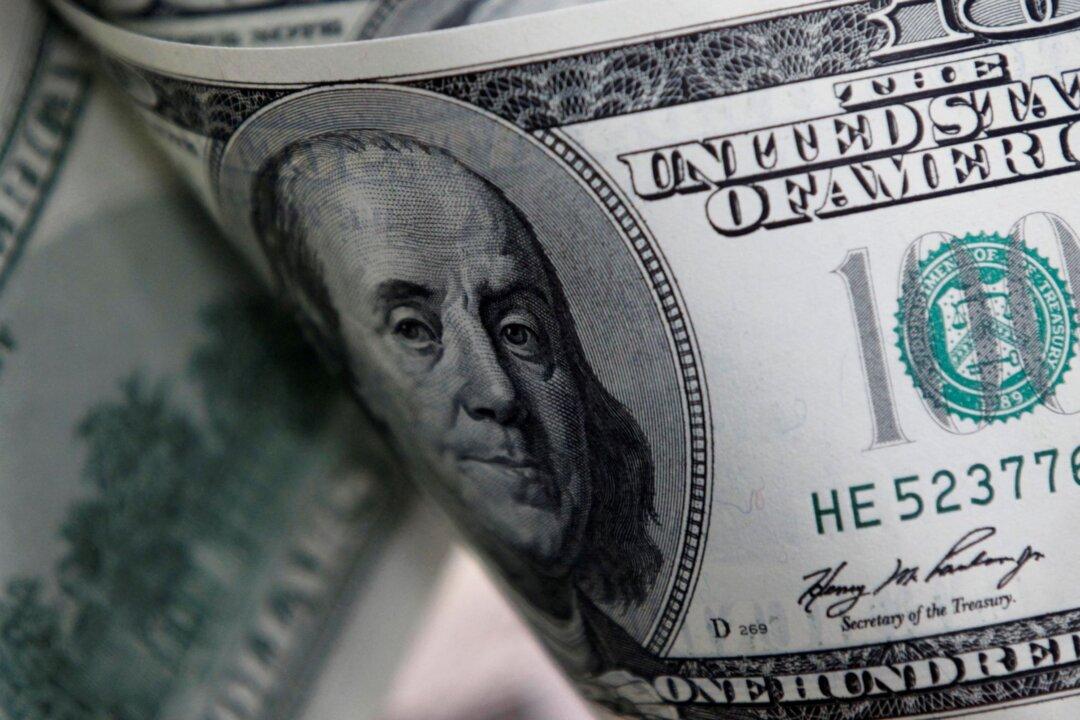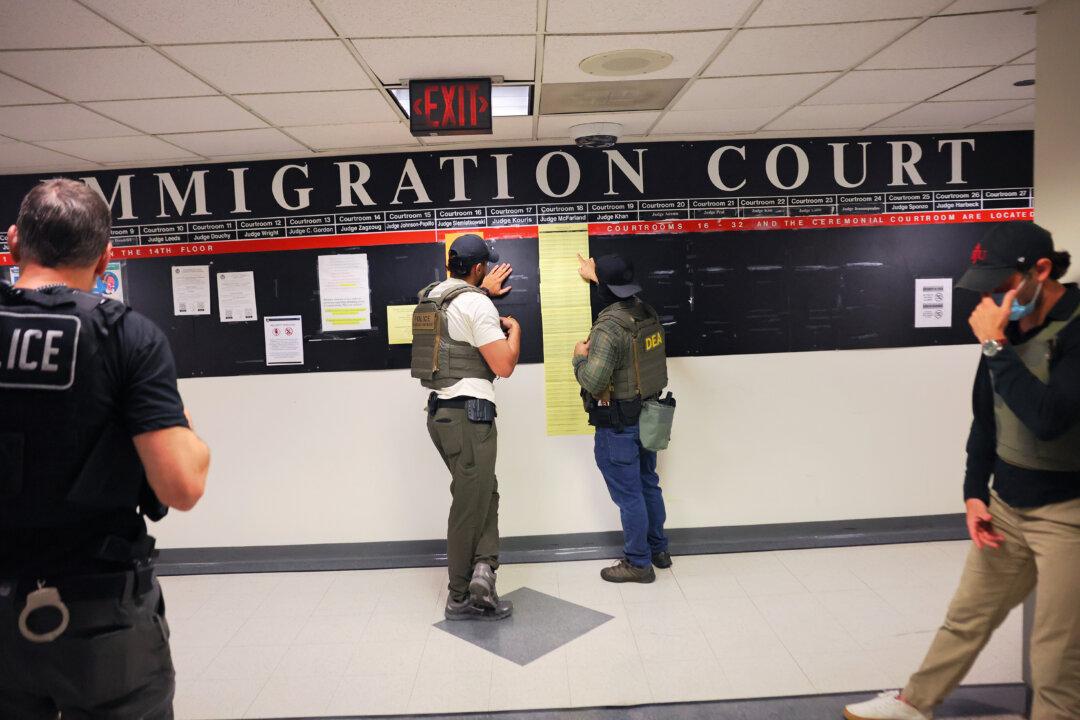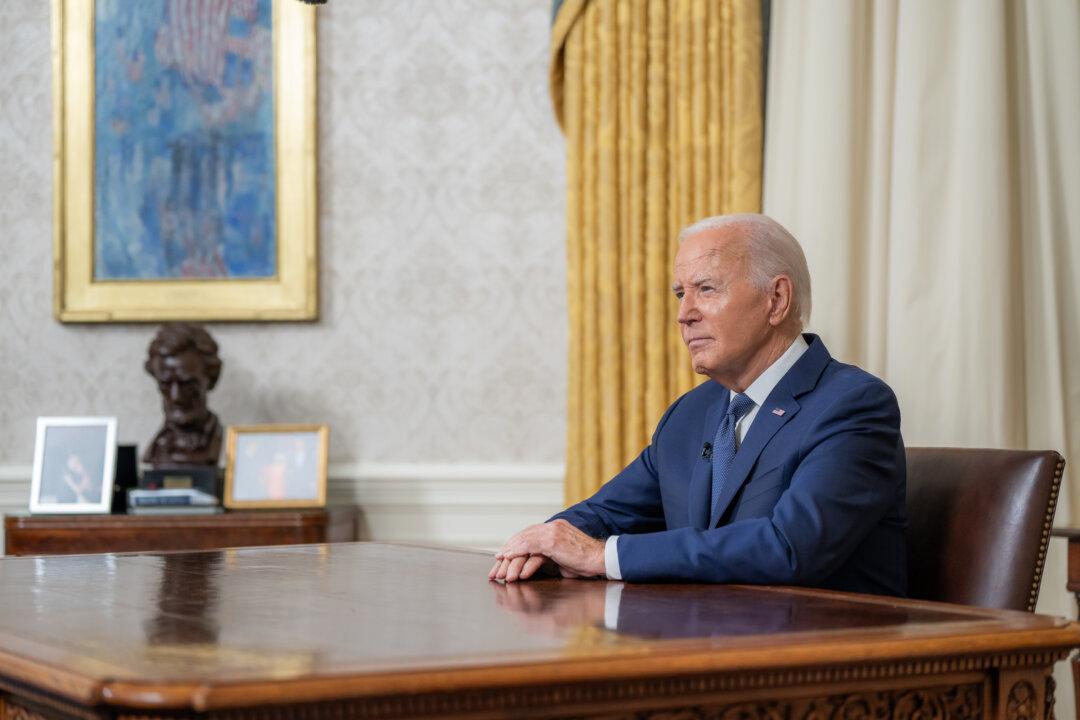For many college students, one of the most exciting events in a new semester is not listed on their school’s calendar: Refund Day.
Although the day differs on various campuses, the windfall result is the same: That’s when the millions of students currently taking out federal college loans find out how much of their approved amount is left over after the school has taken its share for tuition and other charges. Students can reject the refund and reduce their debt, or accept the money. Although they are technically required to spend it on education-related expenses, administrators acknowledged there’s no mechanism in place to monitor their expenditures.





